Tuesday, 13 September 2005
Thursday 08/09/05
Fairly bright morning. Read in Westword on-line about the tragic accident on Eigg last month. Today and tomorrow the prime minister of the Faroe Islands will be visiting Lewis. He will focus on arts, industry and council activities. He'll see the Morven Gallery, Shawbost Mill, Arnish Yard and a lot more. Papers carry a good set of reports about renewable energy sources. Free Press is welcome back with me, although I'm quite disappointed with the letters from Lewis councillors, backing the windfarm project. Spot the certificate of registration of one of the Stornoway pharmacists in KJ MacDonald's pharmacy. This lady registered in 1946, which means she is in her eighties now. Day remains sunny but not warm, about 15C. Mrs B prepares my supper. The two young ladies we had in last night have left. One dealt with energy savings in the home, the other was a chartered surveyor. They are replaced by two Irish musicians, who are up for two performances in the British Legion. Between main course and afters mrs B's second son takes us on a spin in the car to Grimshader. The sun has just set, leaving a brilliantly coloured sky in the west. Reds, gold and blue are the dominating colours. We go up the Lochs road, where little signs advise caution with walkers. Tomorrow, the annual bogslog takes place. This takes place across the Arnish Moor and the Pentland Road, and involves pupils from the Nicolson Institute. We turn off for Grimshader along a winding road. I recognise the section between the bridge and the Loch Orasay pumping station. Shortly afterwards, another road branches off for Crosbost and Ranish. We continue into Grimshader, a long drawn-out village which sits high above Loch Grimshader. The road ends 1½ miles short of the loch's end. On the way, sheep keep flitting along in the roadside. We get out at the road's end to be welcomed by a barking sheepdog. The owner in vain tries to call her dog off. The animal shuts up once we disappear off its patch. There is a short gravel track, which terminates by the ruins of a few houses. Quite spectacular views even in the fading light. Because of the cold wind, we don't hang about. On the way back, a cat sits in the middle of the road and refuses to budge. I get out of the car, and only then does it move. Stupid lambs don't have the sense to move out of the way either, until the last minute. Return to SY at 9.15 to complete dinner. There was also an interesting program on ITV Grampian, which highlighted the appalling conditions in St Kilda, until people were evacuated in 1930. There was an 85% infant mortality rate, which recent investigations put down to severe pollution of houses and soil. Heavy metals accumulated in seabirds and the soil. As the bird's carcasses were used to fertilise the soil, this worsened the situation. The peat, burned in an open firepit, had a high chlorine content (remember, salt is sodium chloride). When burned, this produced to dioxins, one of the most toxic components known to man. Ashes were spread on the floor, all contributing to a very polluted environment. The houses had no chimney, smoke just dissipated through the roofthatch. Other factors contributed to the decline in the fortunes of St Kilda, until its population was finally evacuated on August 29th, 1930.
Subscribe to:
Post Comments (Atom)
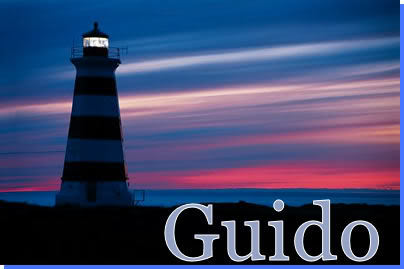



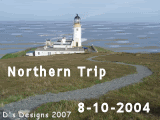



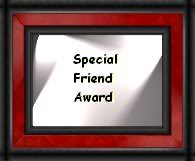

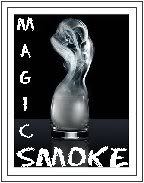
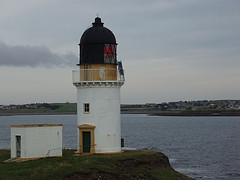
No comments:
Post a Comment